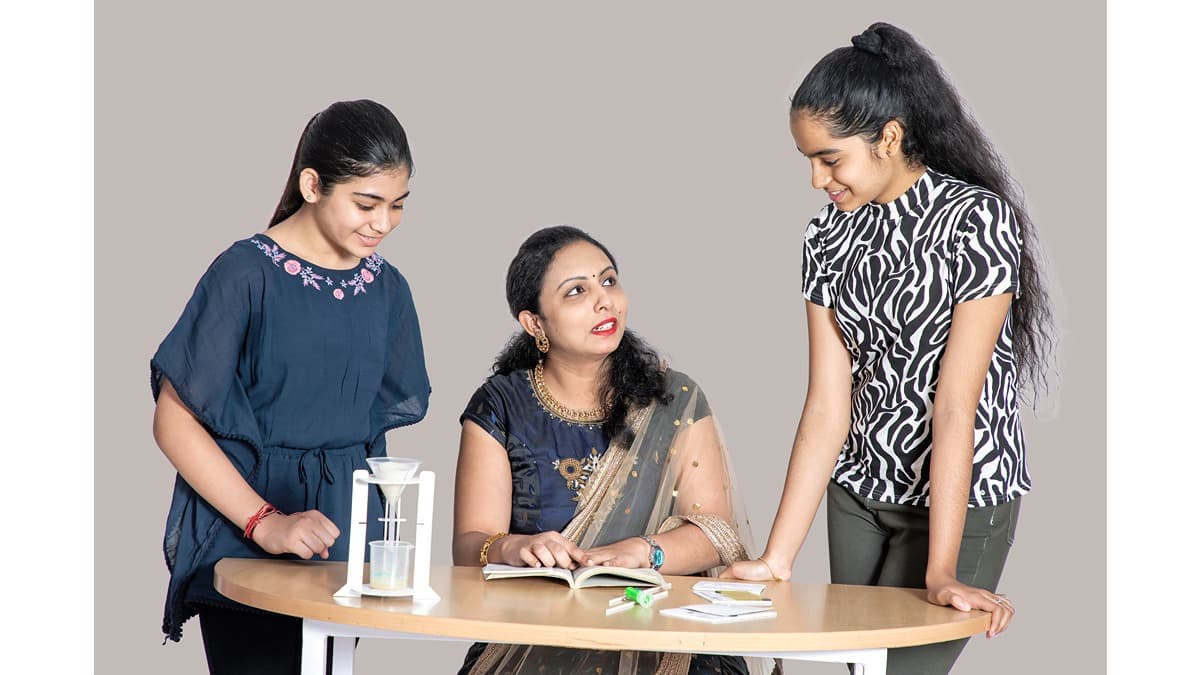Continuous Assessment Methodologies
By Pinkey Sharma |
Date 10-10-2023

Table of Contents
Admissions Open for
Introduction:
In the intricate tapestry of education, assessments stand as pivotal threads, weaving a narrative of understanding, growth, and progress. The educational journey is not a linear path but a dynamic, ever-evolving expedition. Continuous assessment methodologies serve as the compass, guiding both educators and students, fostering a culture of learning that extends beyond the confines of classrooms. In this exploration, we will delve into the diverse and dynamic world of continuous assessments, understanding how these varied methodologies shape the educational odyssey, nurturing the seeds of curiosity and resilience, and cultivating the essence of lifelong learners.
Varied Assessment Formats:
Education is a multifaceted gem, and its assessment methods should reflect this complexity. Continuous assessment formats, ranging from quizzes to projects, presentations, and portfolios, offer a kaleidoscope of perspectives into students' skills and knowledge. Each format is like a lens, focusing on different aspects of a student's abilities. Quizzes test their immediate grasp of concepts, while projects unveil their research and creativity. Presentations showcase their communication skills, and portfolios curate a collection of their best work, providing a comprehensive view that transcends the limitations of traditional exams.
Formative Assessment Strategies:
Formative assessments, the heartbeat of continuous evaluation, serve as beacons illuminating the learning path. They are not just tests; they are feedback mechanisms, offering insights into students' progress. Educators utilize formative assessments to adjust their teaching methods, tailoring their approaches to address students' specific needs. These assessments are not judgments but conversations, allowing both educators and students to engage in a dialogue that nurtures understanding and growth.
Summative Evaluation:
Summative assessments, like a capstone on a majestic structure, provide a panoramic view of students' overall understanding and mastery of subject matter. These evaluations, be they exams or final projects, serve as milestones, marking the culmination of a learning phase. Summative assessments offer a holistic perspective, revealing the depth of students' knowledge and their ability to synthesize information. However, they are not endpoints but checkpoints, indicating progress and paving the way for further exploration.
Peer and Self-Assessment:
Empowering students as active participants in their assessment journey, peer and self-assessment methods transcend traditional hierarchical structures. Involving students in assessing their own work and that of their peers fosters a sense of responsibility and critical thinking. It encourages self-reflection, enabling students to recognize their strengths and areas for improvement. Peer assessments, conducted thoughtfully, promote collaboration and empathy, enhancing the learning experience beyond textbooks.
Observational Assessments:
The real world, with its nuances and challenges, becomes the canvas for observational assessments. Observing students in action, whether during group projects, presentations, or practical applications, provides valuable insights into their practical skills, problem-solving abilities, and collaboration skills. These assessments bridge the gap between theory and practice, grounding education in real-life contexts. They emphasize not just what students know but how effectively they can apply their knowledge in diverse situations.
Project-Based Evaluation:
Projects, intricate tapestries of creativity and knowledge, serve as dynamic assessment platforms. Assigning projects that require in-depth research, creativity, and application of concepts encourages students to explore topics deeply. Project-based assessments are not just about delivering a final product; they are about the process. They encourage curiosity-driven learning, fostering a sense of ownership over the subject matter. These assessments celebrate exploration, encouraging students to ask questions, seek answers, and present their findings in innovative ways.
Dynamic Learning Journals:
Learning journals, akin to personal chronicles, capture the essence of the educational journey. These journals, maintained by students, serve as reflective spaces where thoughts, progress, and insights are documented. Educators can use these journals to track students' growth over time, identifying patterns, challenges, and triumphs. Learning journals are not just records; they are mirrors reflecting students' metamorphosis as learners. They are spaces for introspection, allowing students to articulate their thoughts, uncertainties, and breakthroughs, facilitating a deeper understanding of their learning process.
Conclusion:
In the intricate dance of education, continuous assessment methodologies are not mere tools; they are the essence of the learning experience. They celebrate the diversity of learners, recognizing that each student is a unique universe of potential. As we navigate the significance of these methodologies, we affirm our commitment to fostering an educational journey that transcends boundaries, empowers students to embrace challenges, and instills in them the spirit of lifelong learning. The varied threads of assessments, woven together, create a tapestry of understanding, resilience, and curiosity, shaping not just students' academic paths but also their identities as lifelong learners and contributors to the ever-evolving fabric of knowledge.
CBSE Schools In Popular Cities
- CBSE Schools in Bangalore
- CBSE Schools in Mumbai
- CBSE Schools in Pune
- CBSE Schools in Hyderabad
- CBSE Schools in Chennai
- CBSE Schools in Gurgaon
- CBSE Schools in Kolkata
- CBSE Schools in Indore
- CBSE Schools in Sonipat
- CBSE Schools in Delhi
- CBSE Schools in Rohtak
- CBSE Schools in Bhopal
- CBSE Schools in Aurangabad
- CBSE Schools in Jabalpur
- CBSE Schools in Jaipur
- CBSE Schools in Jodhpur
- CBSE Schools in Nagpur
- CBSE Schools in Ahmednagar
- CBSE School In Tumkur

Call Us to know more about Orchids
Swipe Up



.jpg&w=1920&q=80)












